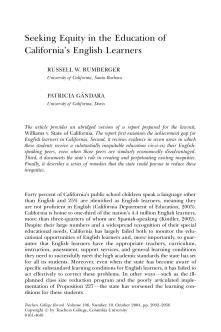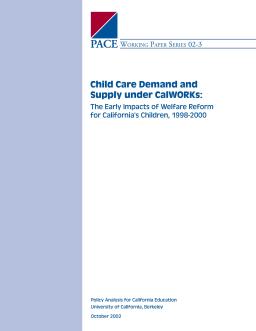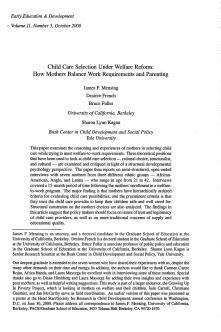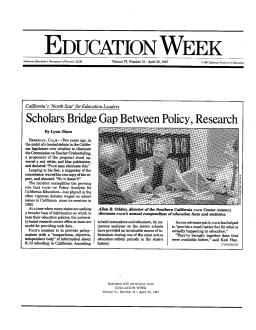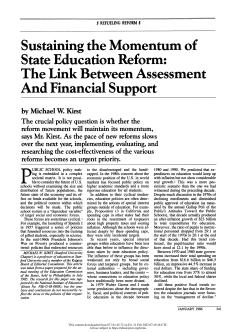School Finance and Governance in California
Published
Summary
Getting Down to Facts is an extensive investigation of CA's public education system commissioned by a bipartisan group of CA leaders. The project aimed to describe California's school finance and governance systems, identify obstacles hindering resource utilization, and estimate costs to achieve student outcome goals. The project resulted in 23 reports by scholars, which highlight that the current school finance and governance systems fail to help students achieve state performance goals, particularly those from low-income families. The reports provide a framework for assessing reform options.
Published
Summary
This article presents a summary of a report prepared for the Williams v. State of California lawsuit, highlighting the achievement gap for English learners in California and seven areas where they receive an inequitable education compared to their English-speaking peers. It also documents the state's role in perpetuating these inequities and proposes remedies to reduce them.
The Early Impacts of Welfare Reform for California's Children, 1998–2000
Published
Summary
This report examines the effects of welfare-to-work and childcare capacity building on the childcare system in California, prompted by changes in the childcare system and welfare reform. The study was requested by the California Department of Social Services, and this paper provides an overview of the findings.
How Mothers Balance Work Requirements and Parenting
Published
Summary
This paper examines how mothers select childcare to meet welfare-to-work requirements. Interviews with seven mothers from different ethnic groups show that trust in childcare providers to keep their children safe is the most important criterion. Structural constraints on their choices are also analyzed. The findings suggest that policymakers should focus on trust and legitimacy of childcare providers in addition to supply and educational quality.
Published
Summary
California's growing child population will require significant increases in public spending, particularly in education due to immigration, working parents, poverty, and family disorganization. Counties and school districts bear the brunt of providing children's services, but cities have greater fiscal flexibility and revenue-raising potential. This paper provides information on county children's services and trends in county budgets to support further research on county financing for children's services.
Published
Summary
PACE, a university-based research center, provides "nonpartisan, objective, independent" information on K-12 schooling in CA. Its analyses have been invaluable to lawmakers and educators during the state's active education-reform period. PACE has played a growing role in debates on school issues, exemplified by a heated debate in the CA legislature over the Commission on Teacher Credentialing. PACE offers a model for providing data for education policies when many states are seeking broader information bases. It has helped provide a better understanding of what is happening in education.
1985–86 Evaluation Report
Published
Summary
Peninsula Academies are three-year high school programs designed for at-risk students, combining academic and technical training. Since 1981, they've been operating in California, and in 1985, ten new programs were created under state sponsorship. This report evaluates the quality of implementation and evidence of measurable impact on students after the first year. The report is based on site visits, questionnaire responses, and student data gathered from each high school. The Academy model is complex, but some sites didn't fully realize all components.
The Link Between Assessment and Financial Support
Published
Summary
Public school policy making is embedded in a complex societal matrix. It is not possible to consider the future of U.S. schools without examining the size and distribution of future populations; the future state of the economy and its effect on funds available for the schools; and the political context within which decisions will be made. The public school system is a "dependent variable" of larger social and economic forces.

